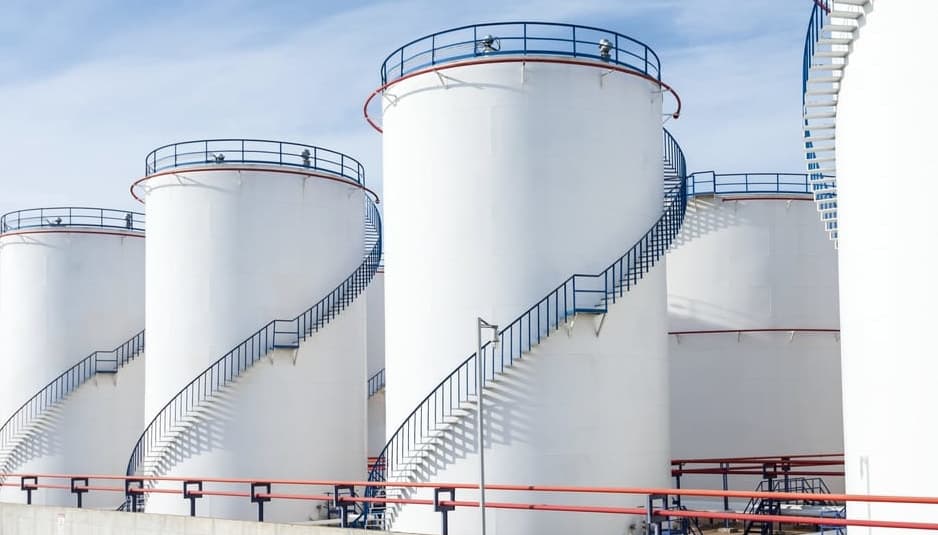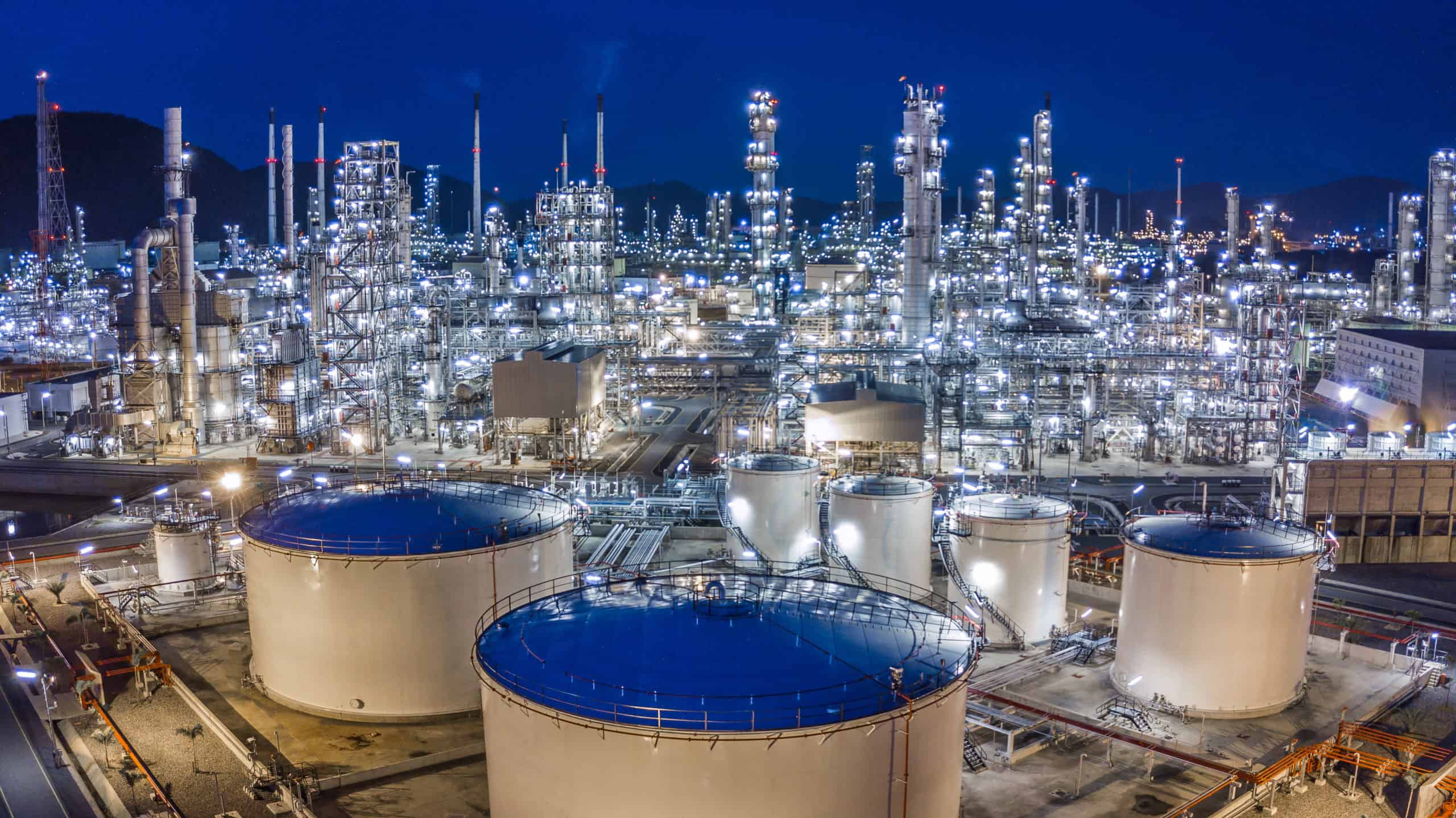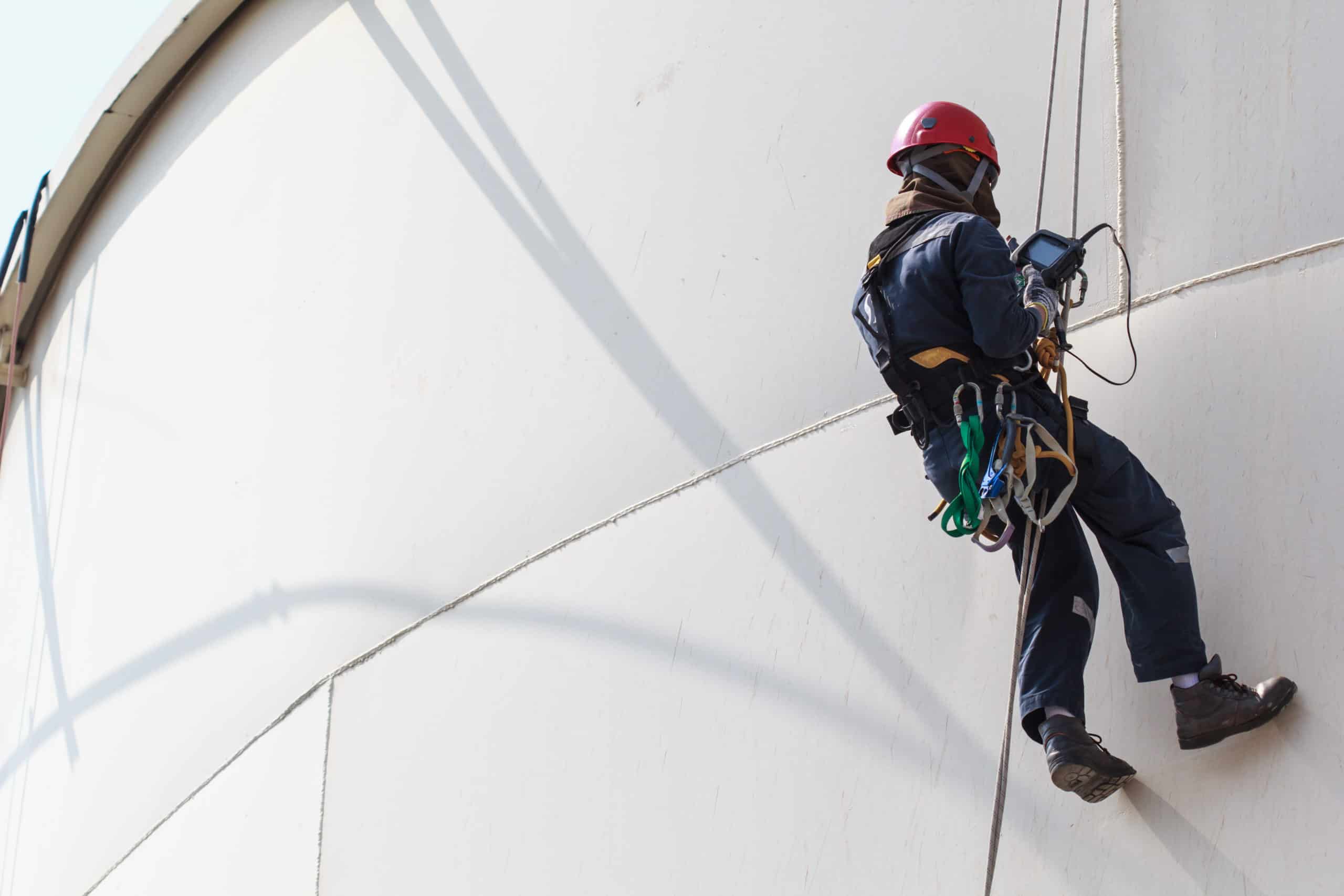RISK BASED INSPECTIONS (RBI) SERVICES
Risk-Based Inspection (RBI) is an analysis methodology and process that, as opposed to conditionbased inspection, requires qualitative or quantitative assessment of the probability of failure (PoF) and the consequence of failure (CoF) associated with each equipment item, piping circuits included, in a particular process unit. A properly-implemented RBI program categorizes individual pieces of equipment by their risks and prioritizes inspection efforts based on this categorization.
PROBABILITY OF FAILURE
Probability of Failure (POF) is likelihood that a piece of equipment will fail at a given time and an important part of effective risk analyses. POF is half of the equation when determining risk as part of Risk Based Inspection (RBI) methodology. The POF, calculated together with the Consequence of Failure (COF), helps operators establish the risk level for a particular piece of equipment and set
inspection intervals based on the calculated risk.
POF is calculated for individual pieces of equipment by looking at the potential damage mechanisms it could be susceptible to, a general frequency of failures, and management system factors. More details on POF are provided in the American Petroleum Institute’s Recommended Practice 580 – Risk Based Inspection (RBI), which contains directions on developing, implementing and maintaining an effective RBI program.
CONSEQUENCE OF FAILURE
Consequence of Failure (COF) is one part of the equation to determine risk as part of Risk Based Inspection (RBI) methodology. COF is calculated by reviewing and ranking the potential consequences for the equipment, personnel, environment, etc. in the event of equipment failure.
More details on COF are given in API RP 580 – Risk Based Inspection (RBI), which contains directions on developing, implementing and maintaining an effective RBI program.
WHY USE RBI?
RBI is used to identify and understand risk, risk drivers, and where equipment is in its lifecycle. RBI can indicate whether inspection is needed; however this requires additional data that is extremely targeted to reduce the underlying uncertainties associated with the risks about the current and future predicted damage state of the equipment. RBI should not be used to recommend any inspection when it will not improve knowledge about the damage state. In those cases, where PoF is driving the risk, RBI should point to other mitigation options such as replacement, repair, or other actions that satisfy the risk criteria.
RBI can be used to prioritize inspection-related activities, usually by means of nondestructive testing (NDT), in order to reduce the uncertainties around the true damage state of the equipment and the dynamics leading to such. The resulting inspection plan may outline the type and scheduling of inspection for an asset. In addition to NDE, additional risk mitigation activities identifed by an RBI assessment might include a change in material of construction, installation of corrosion resistant liners, operating condition changes, injection of corrosion inhibition chemicals, etc.
Consistency and repeatability of analysis are critical to producing an effective RBI program, as RBI is based on relative risks. Caution should be used when mixing RBI platforms (e.g., using a qualitative method to perform the initial screening and quantitative methods to conduct the final analysis). Complementary methodologies must be calibrated against one another to ensure valid cut sets are achieved.




